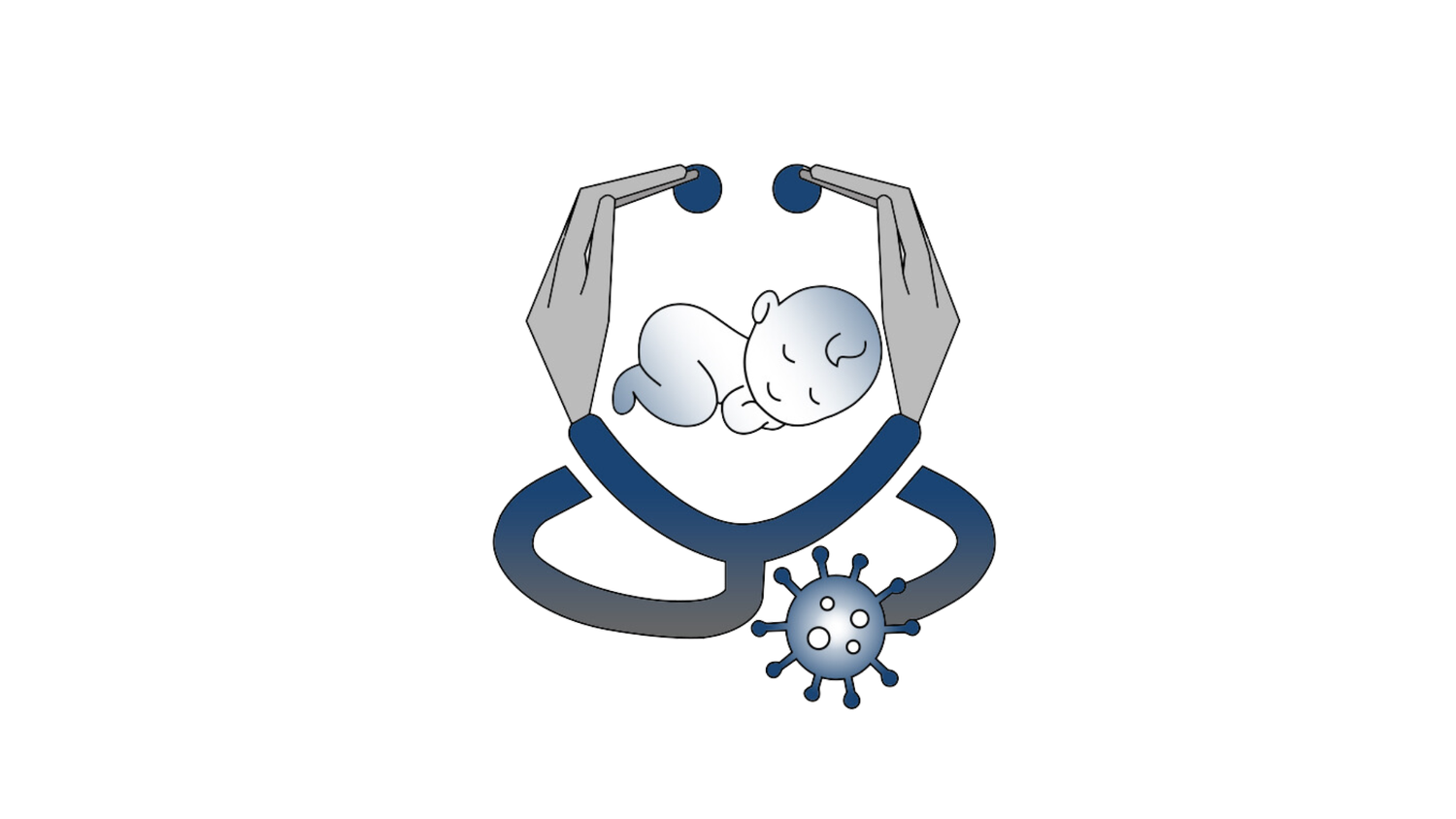
Kids, Bugs and Drugs
Human-microbial relations in everyday family life

Why ‘Kids, Bugs and Drugs’?
It’s hard to believe that antibiotics were discovered less than 100 years ago. Since then, the ability to cure infectious disease caused by bacteria, viruses, and fungi has been one of medicine’s most powerful successes stories.
Over the 20th century, life expectancy in places like Australia has increased by 20+ years, and childhood mortality, in particular, has fallen by over 95%.
But things are changing...
The COVID-19 pandemic has shown us how new microbes can emerge and spread across the globe disrupting every aspect of daily life.
Controversies over the COVID (and other) vaccines illustrate how deeply personal and intensely political decisions about individual and collective immunity can be.
Increasingly, microbes are becoming resistant to our standard arsenal of antimicrobials, resulting in the development of antimicrobial resistance (AMR) and untreatable ‘superbugs’, which has caused a rise in deaths from infectious diseases over the last few decade.
The current situation demands new ways of understanding and new ways of interacting with the microbial world around us.
‘Kids, Bugs and Drugs’ is a multi-year research project that aims to understand how people manage microbes in their daily lives across three domains:
the strategies used by families in managing illness, infection and immunity in everyday life;
how young people are developing their understanding of human-microbial relations within and beyond the lab, through their formal educations and in their daily lives, and
how community stakeholders such as early childhood educators, community nurses, and pharmacists assist people in managing illness infection and immunity in the community.
In turn, this project will deliver new community-centred perspectives to guide our collective response to the current challenge of AMR.
Image by Elena Mozhvilo via unsplash
